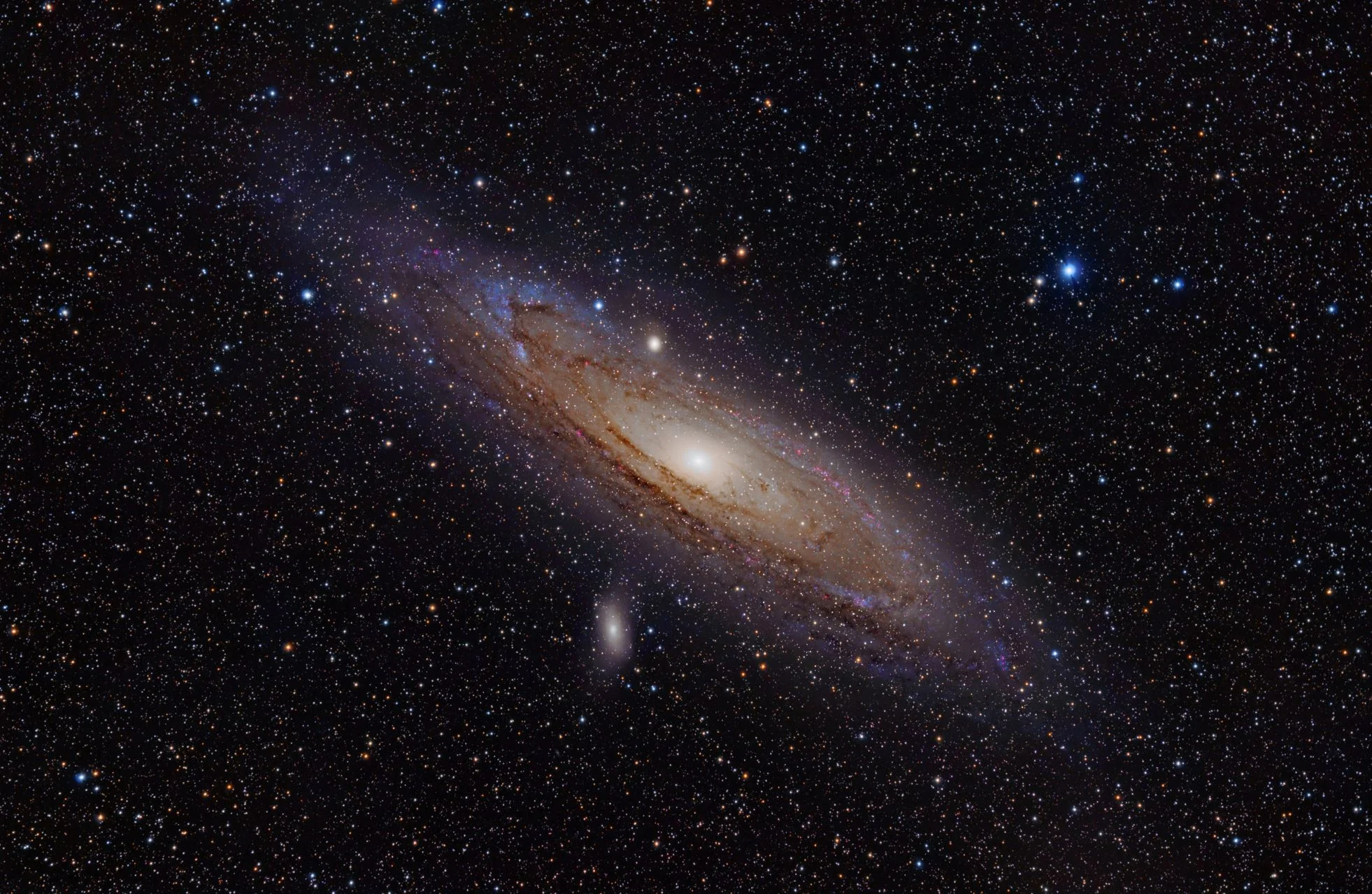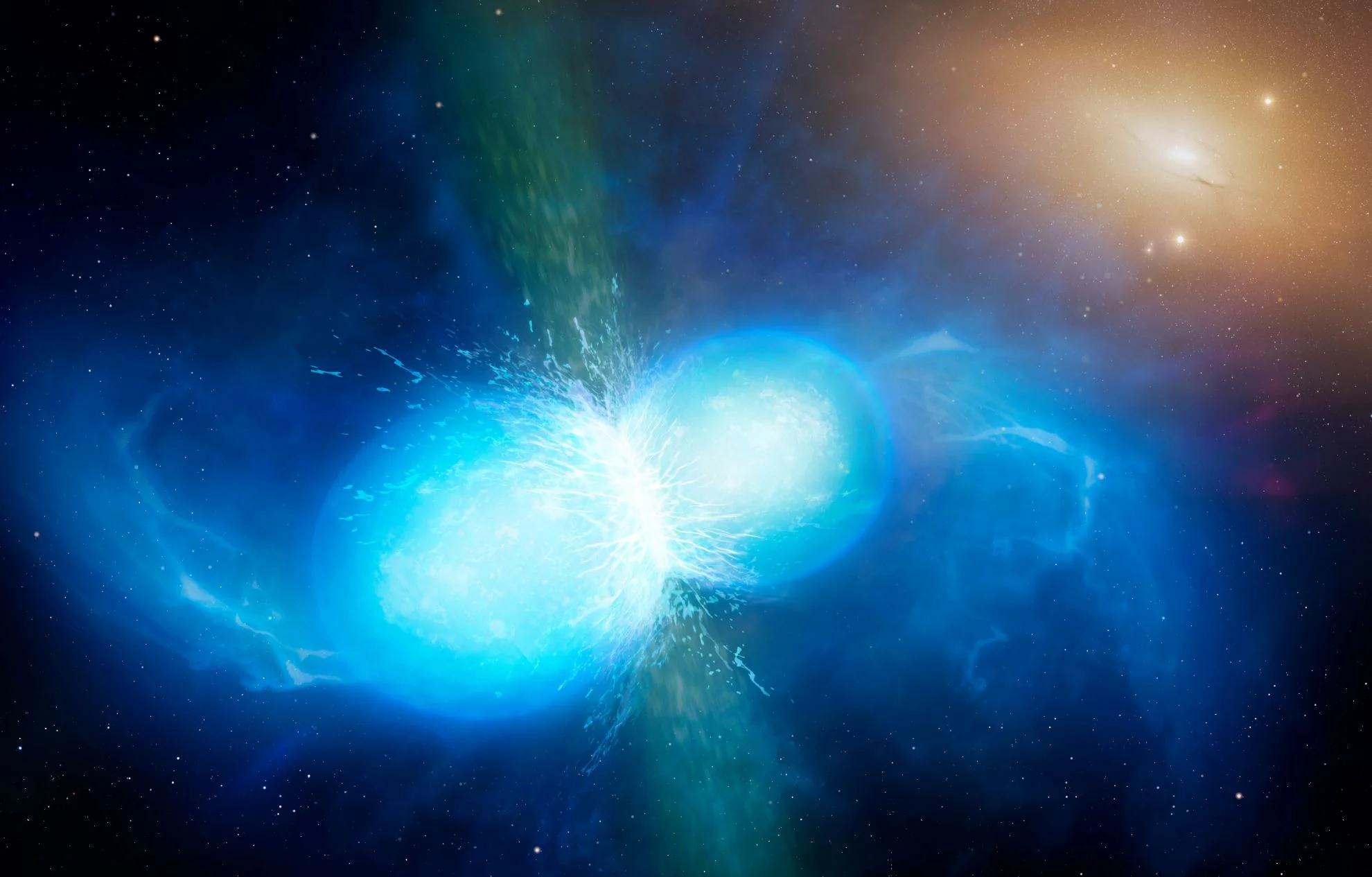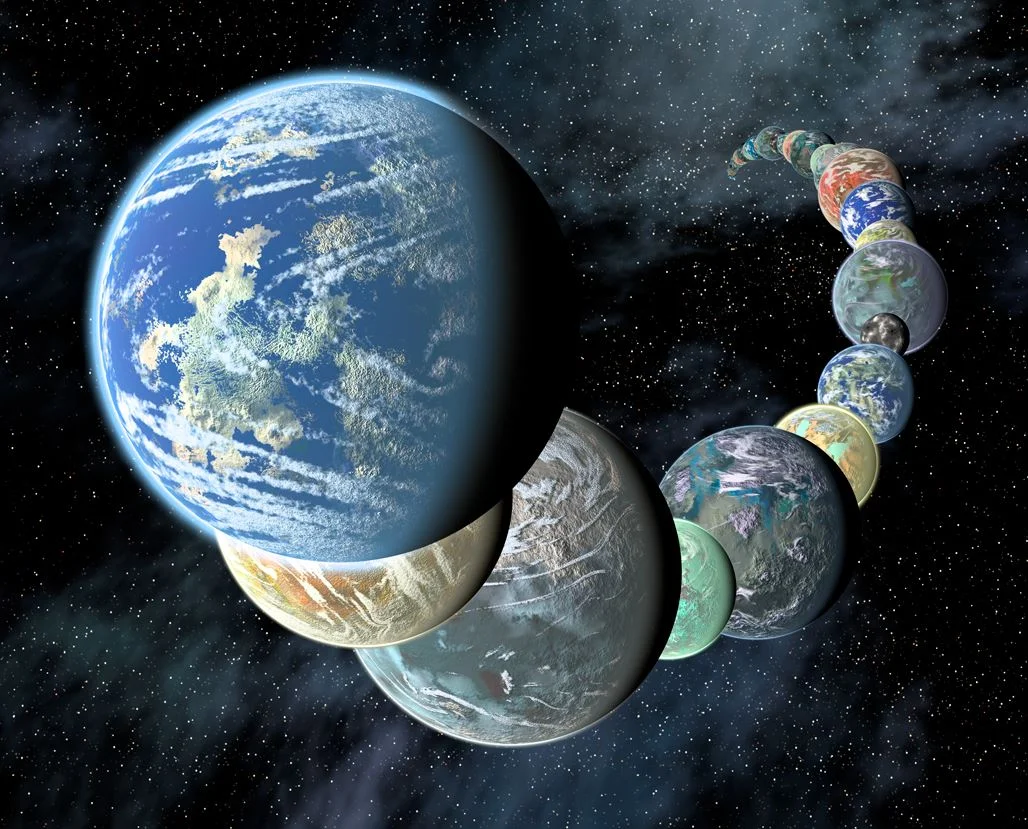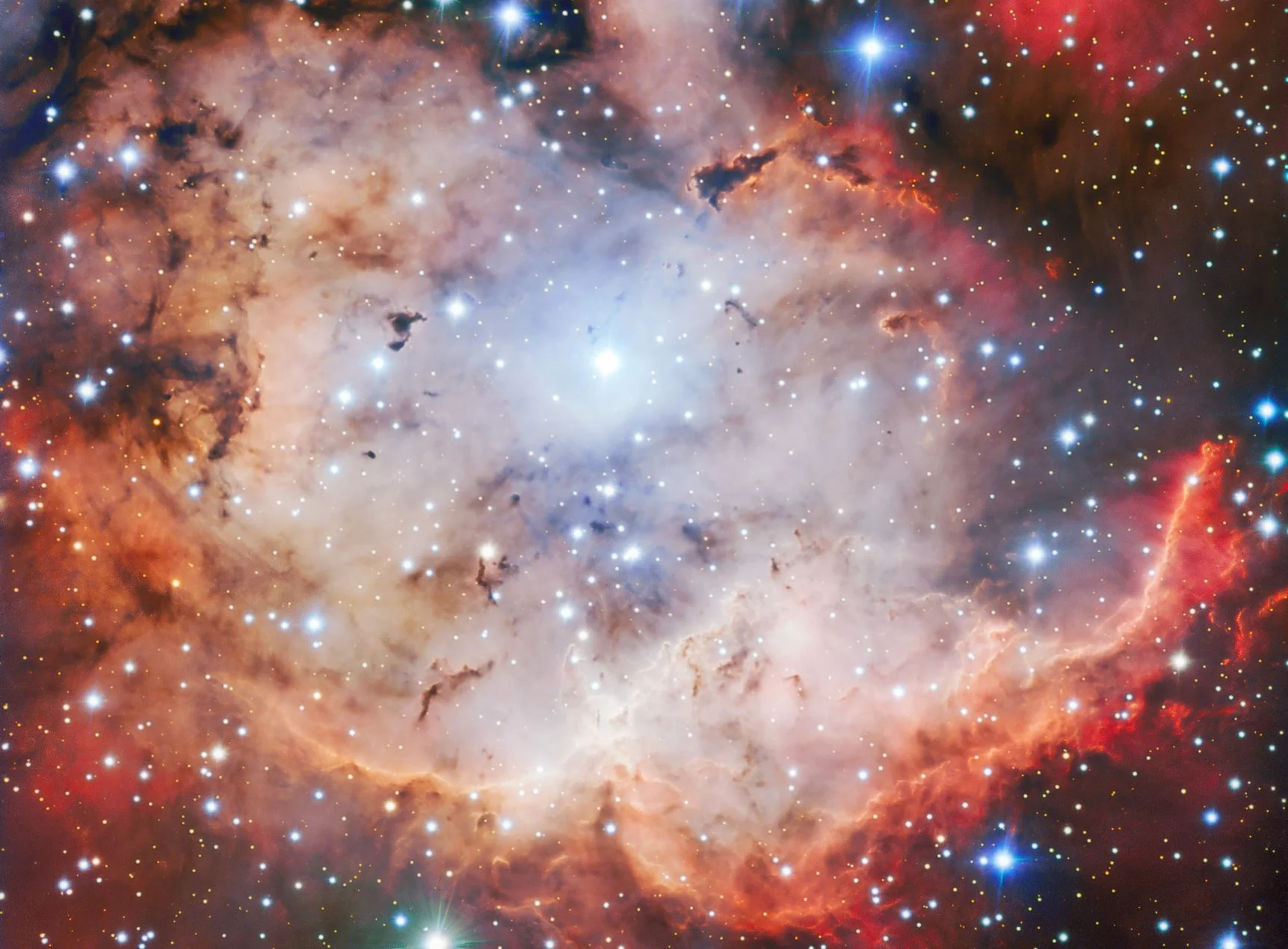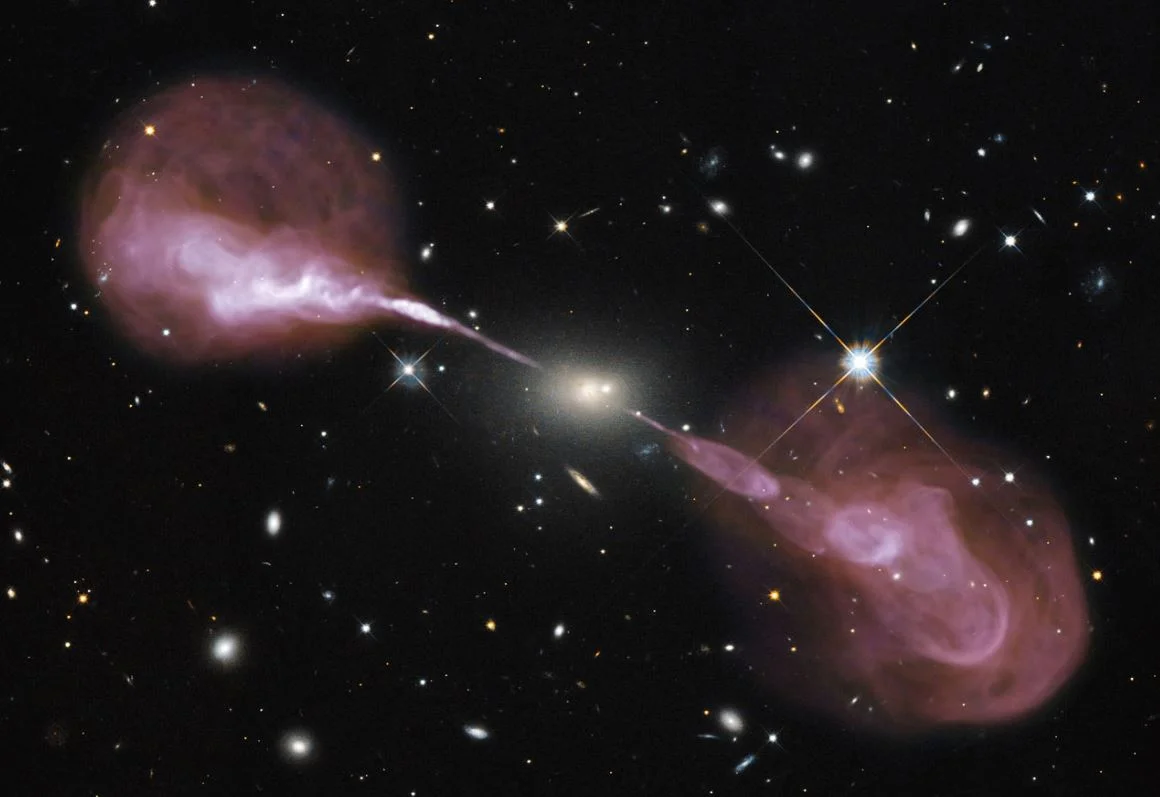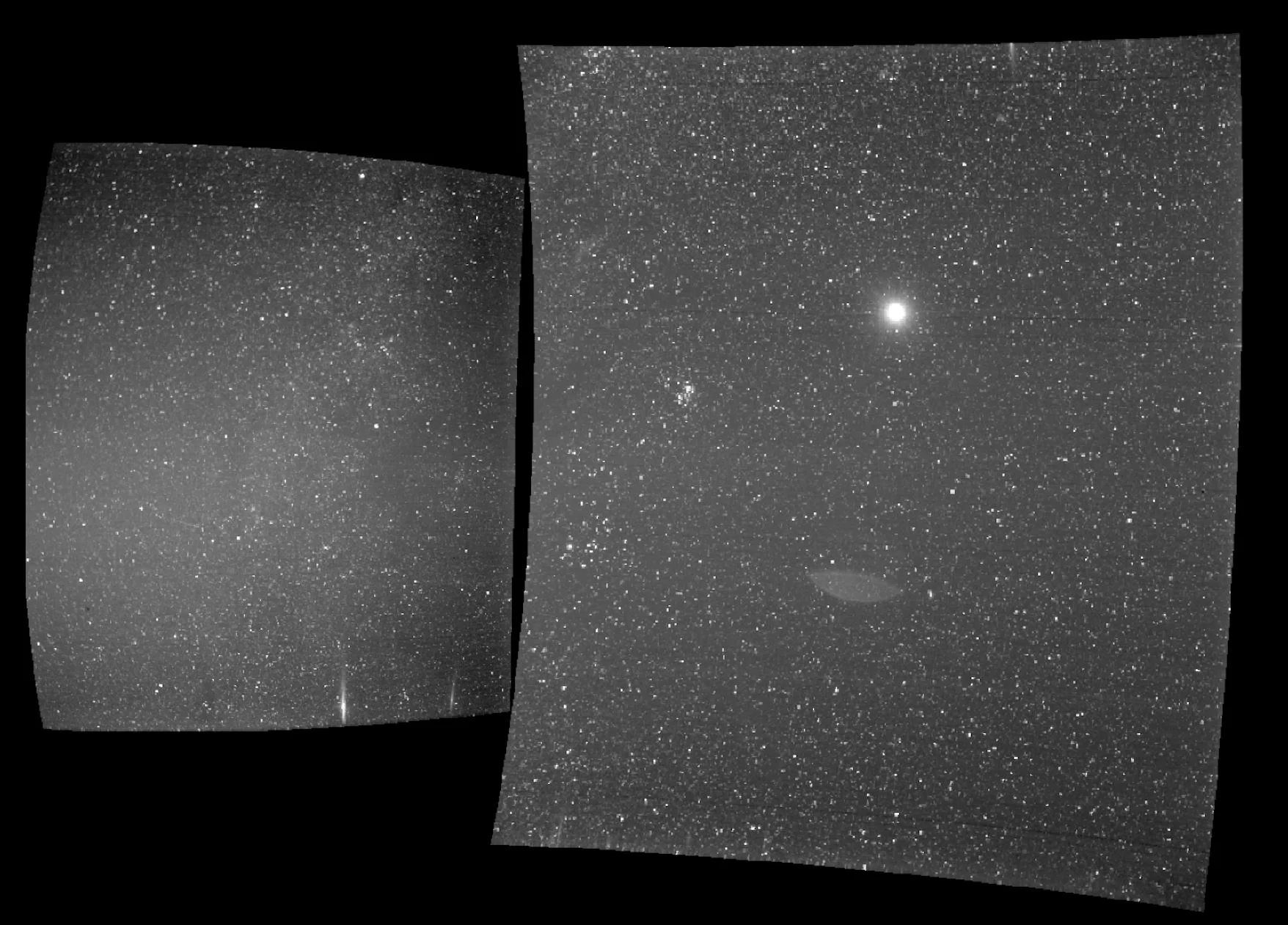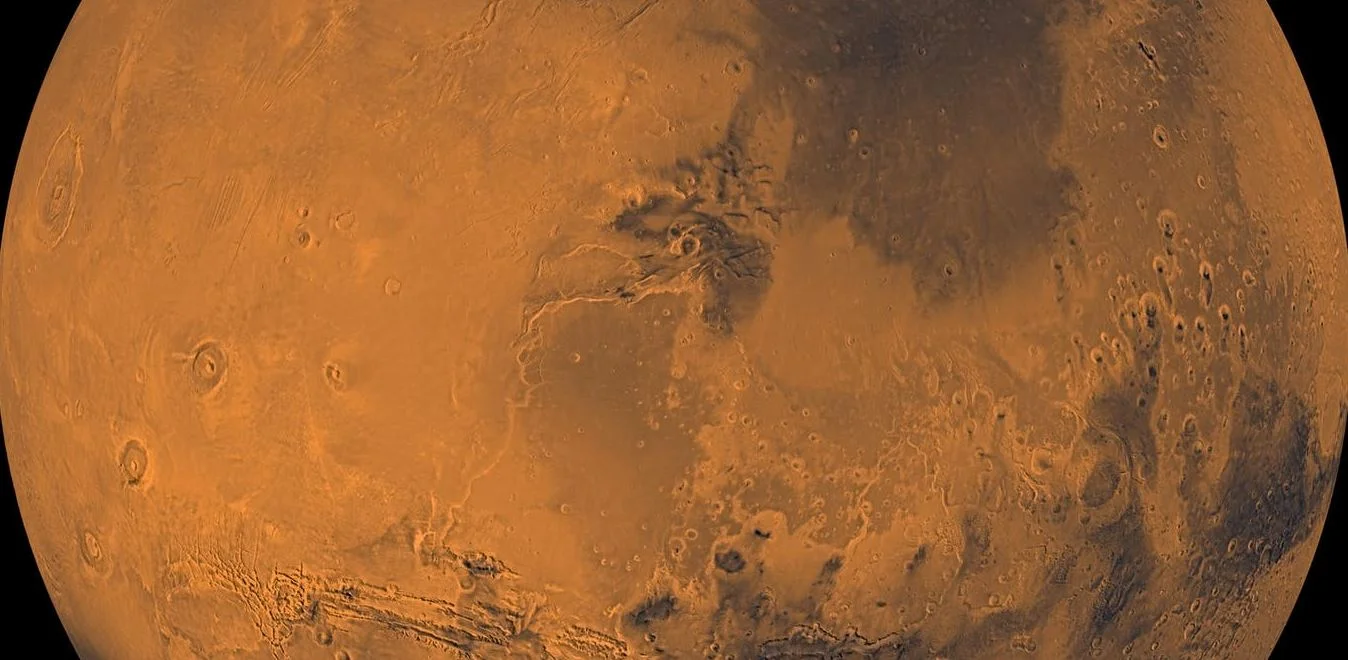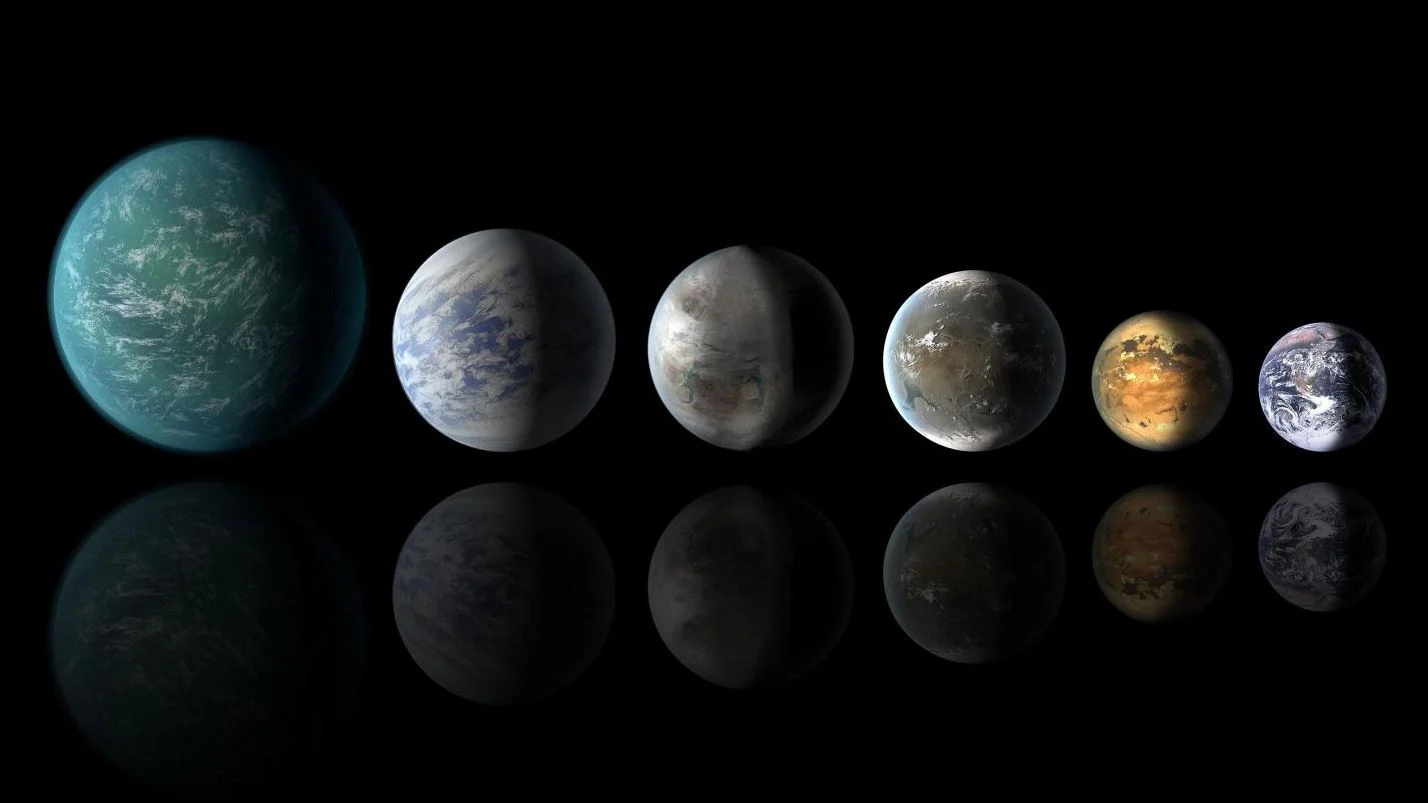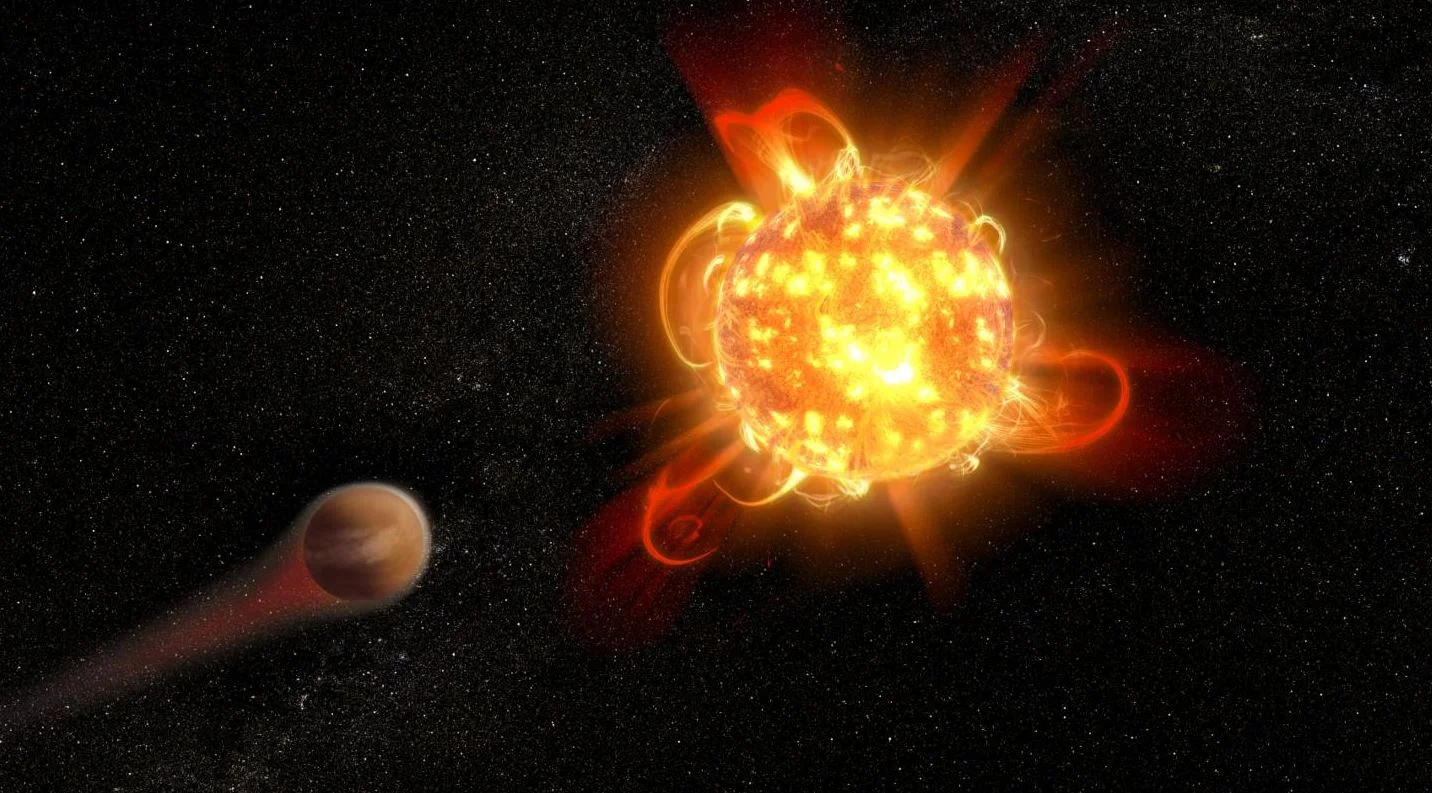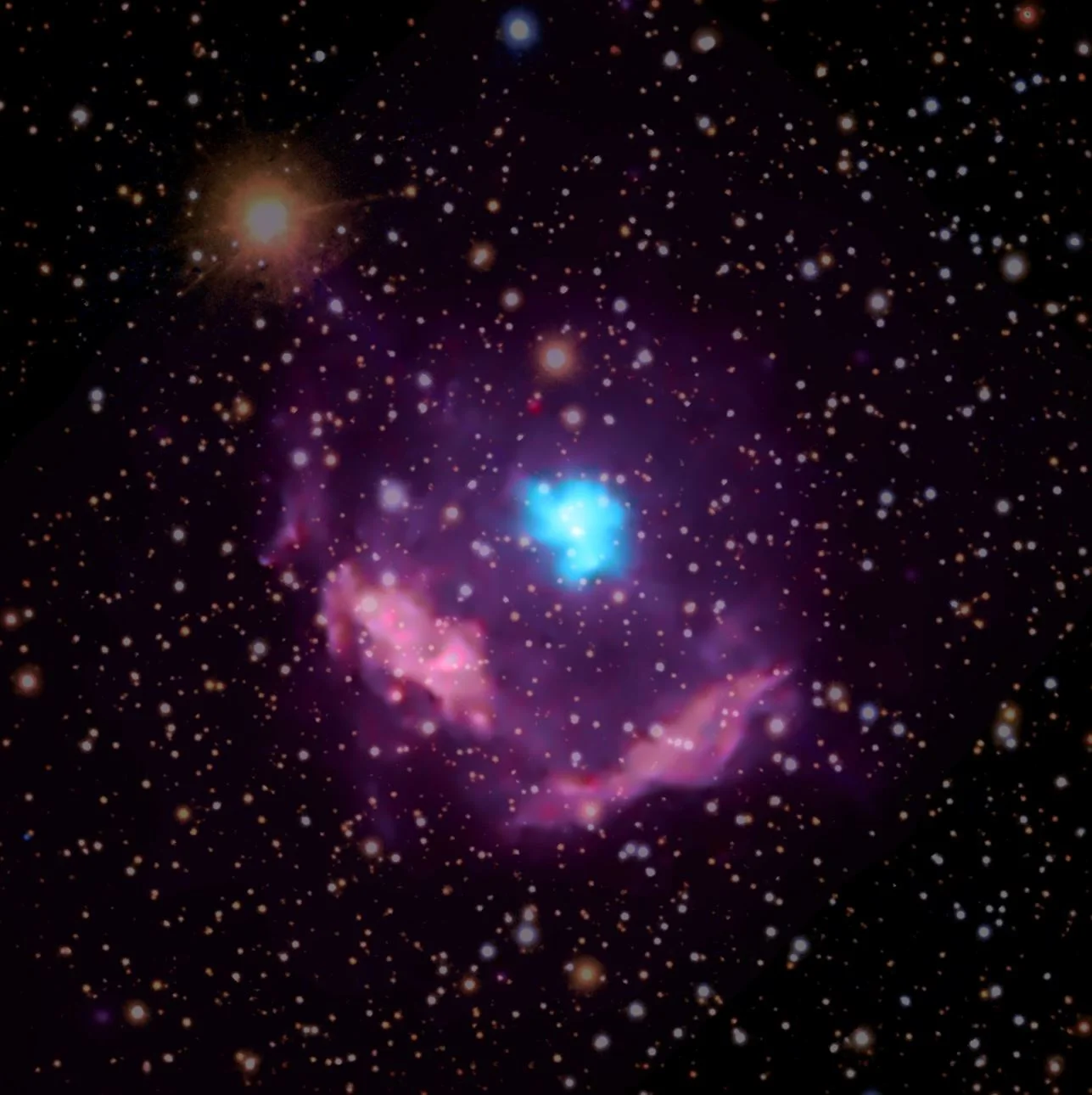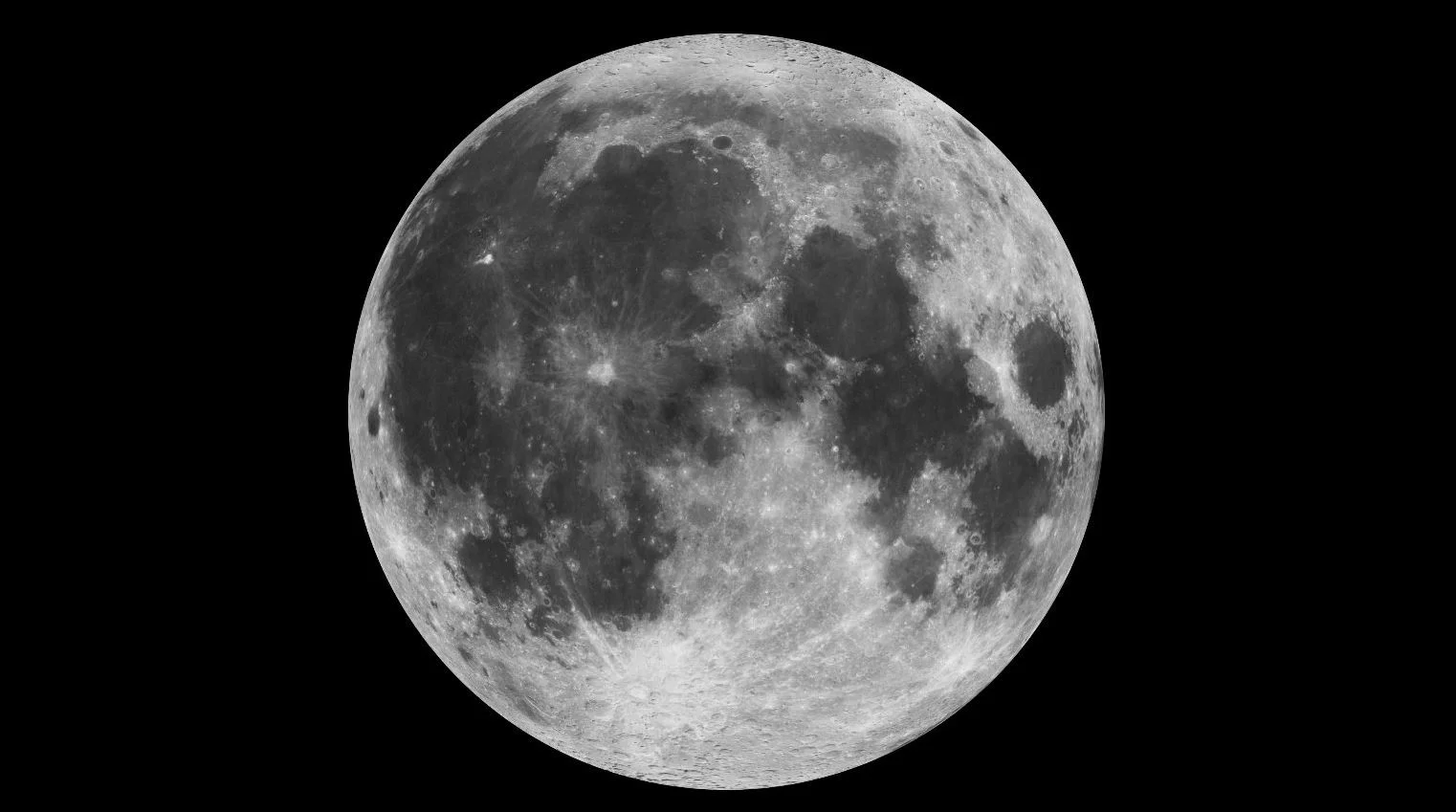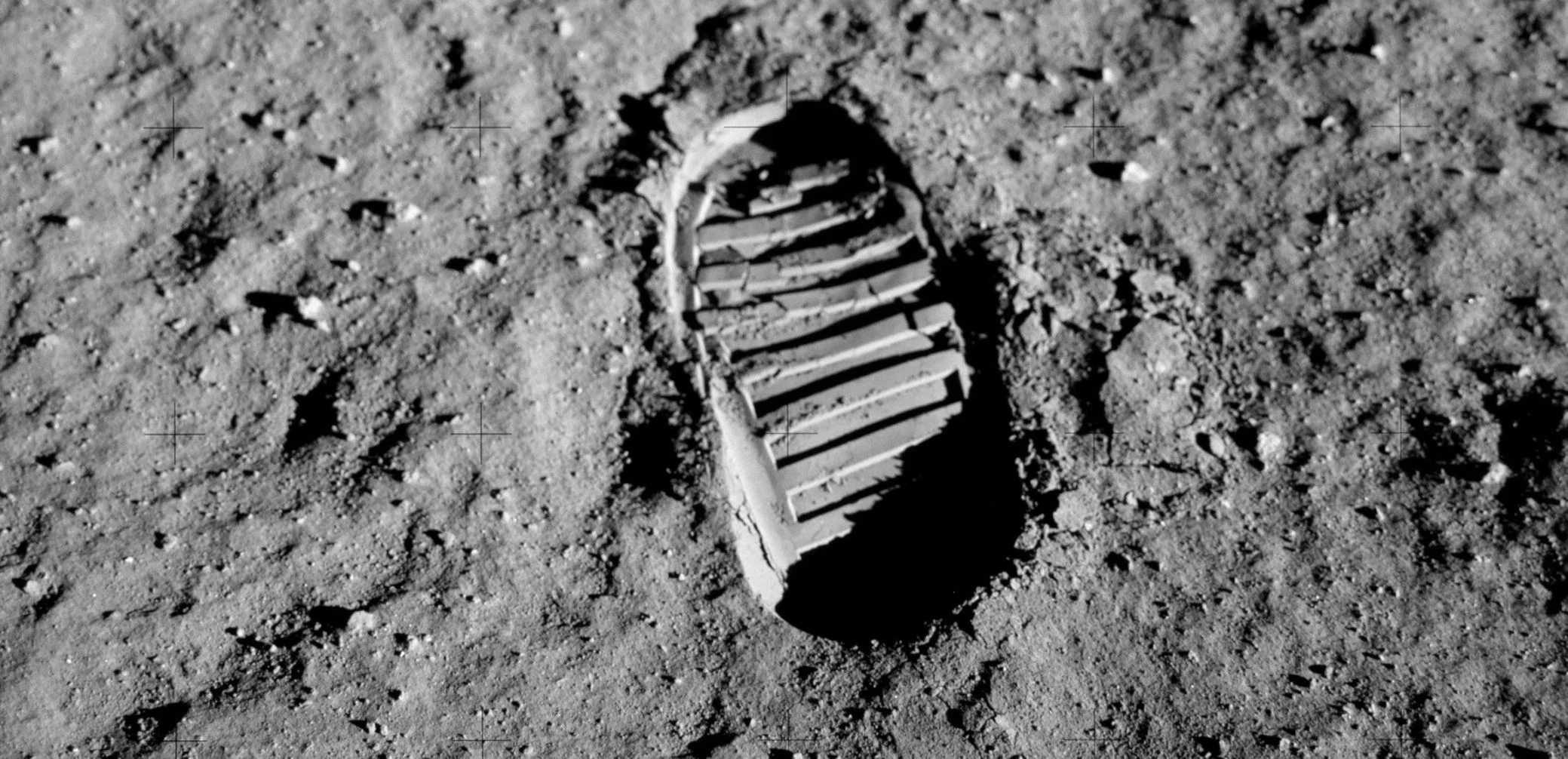One of the greatest challenges of astronomy is locating objects in space that are obscured by the light of nearby, brighter objects. In addition to making extra-solar planets very difficult to directly image, this problem also intrudes on surveys of the local Universe, where astronomers are unable to detect dwarf and isolated galaxies because of all the brighter ones surrounding them.
Gravitational waves were only recently observed, and now astronomers are already thinking of ways to use them: like accurately measuring the expansion rate of the Universe
Rocky? Habitable? Sizing up a Galaxy of Planets
The planets so far discovered across the Milky Way are a motley, teeming multitude: hot Jupiters, gas giants, small, rocky worlds and mysterious planets larger than Earth and smaller than Neptune. As we prepare to add many thousands more to the thousands found already, the search goes on for evidence of life – and for a world something like our own.
The Pirate of the Southern Skies
FORS2, an instrument mounted on ESO’s Very Large Telescope, has observed the active star-forming region NGC 2467 — sometimes referred to as the Skull and Crossbones Nebula. The image was captured as part of the ESO Cosmic Gems Programme, which makes use of the rare occasions when observing conditions are not suitable for gathering scientific data. Instead of sitting idle, the ESO Cosmic Gems Programme allows ESO’s telescopes to be used to capture visually stunning images of the southern skies.
It Could be Possible to Transfer Data Through Gravitational Waves
On February 11th, 2016, scientists at the Laser Interferometer Gravitational-wave Observatory (LIGO) made history when they announced the first detection of gravitational waves. Originally predicted made by Einstein’s Theory of General Relativity a century prior, these waves are essentially ripples in space-time that are formed by major astronomical events – such as the merger of a binary black hole pair.
We’ve spotted signs of mergers that may finally help us prove that supermassive black holes exist
Newborn Stars Blow Bubbles in the Cat's Paw Nebula
This image from NASA's Spitzer Space Telescope shows the Cat's Paw Nebula, so named for the large, round features that create the impression of a feline footprint. The nebula is a star-forming region in the Milky Way galaxy, located in the constellation Scorpius. Estimates of its distance from Earth range from about 4,200 to about 5,500 light-years.
Gravitational Waves Might be the Key to Finding Dark Matter
Parker Solar Probe Looks Back at Home
Sponges from Mars? Study suggests water on the red planet could support life
Mars has long been thought of as dry and barren – unable to harbour life. But research over the past few years indicates that there is most likely some briny water present there today, including a possible subsurface lake. This has led to new hopes that there could actually be life on the red planet after all, depending on what the conditions are like in the water.
To Find Evidence of Life on Exoplanets, Scientists Should Search for “Purple Earths”
A Red Dwarf Blasts off a Superflare. Any Life on its Planets Would Have a Very Bad Day
A Goblin could guide us to a mystery planet thought to exist in the Solar system
Kes 75: Milky Way's Youngest Pulsar Exposes Secrets of Star's Demise
NASA Calls for Instruments, Technologies for Delivery to the Moon
Would a Space Force mean the end of NASA?
Magnetic Fields May Be the Key to Black Hole Activity
Parallel jets provide astronomers with some of the most powerful evidence that a supermassive black hole lurks in the heart of most galaxies. Some of these black holes appear to be active, gobbling up material from their surroundings and launching jets at ultra-high speeds, while others are quiescent, even dormant.
Largest Galaxy Proto-Supercluster Found - Astronomers using ESO’s Very Large Telescope uncover a cosmic titan lurking in the early Universe
An international team of astronomers using the VIMOS instrument of ESO’s Very Large Telescope have uncovered a titanic structure in the early Universe. This galaxy proto-supercluster — which they nickname Hyperion — was unveiled by new measurements and a complex examination of archive data. This is the largest and most massive structure yet found at such a remote time and distance — merely 2 billion years after the Big Bang.
Surprising Discovery. Four Giant Planets Found Around a Very Young Star
What exactly is a “normal” solar system? If we thought we had some idea in the past, we definitely don’t now. And a new study led by astronomers at Cambridge University has reinforced this fact. The new study found four gas giant planets, similar to our own Jupiter and Saturn, orbiting a very young star called CI Tau. And one of the planets has an extreme orbit that takes it more than a thousand times more distant from the star than the innermost planet.
Even Ganymede is Showing Tectonic Activity. We’re Going to Need Another Icy Moon Orbiter
Ganymede was shaped by pronounced periods of tectonic activity in the past, according to a new paper. It’s no longer active and its surface is more-or-less frozen in place now. But this discovery opens the door to better planning for future missions to Jupiter’s other frozen moon Europa. Unlike Ganymede, Europa is still tectonically active, and understanding past geological activity on Ganymede helps us understand present-day Europa.

